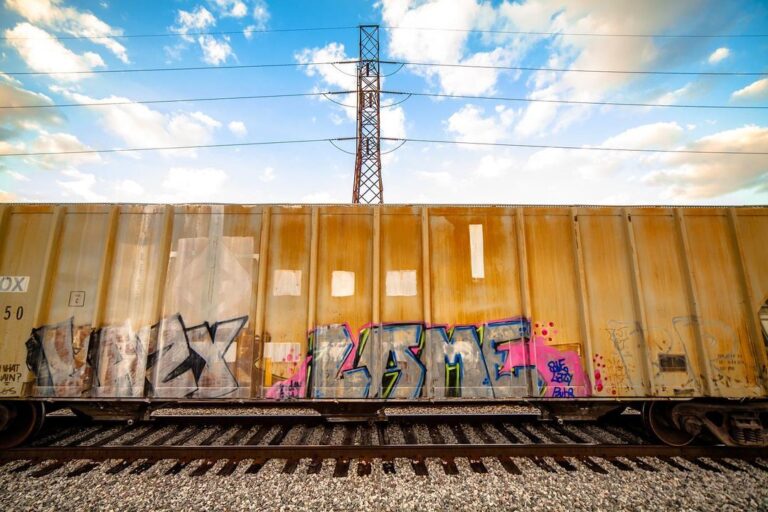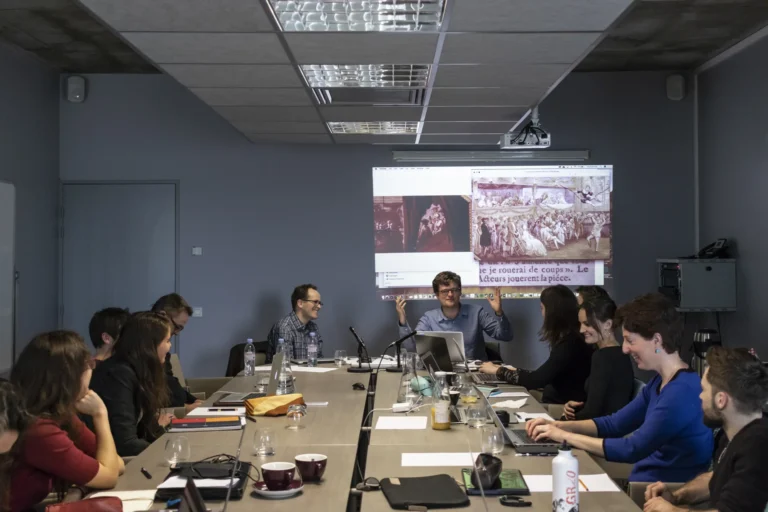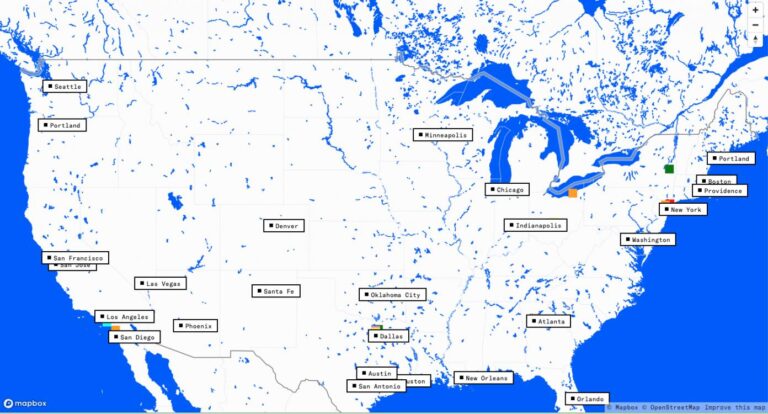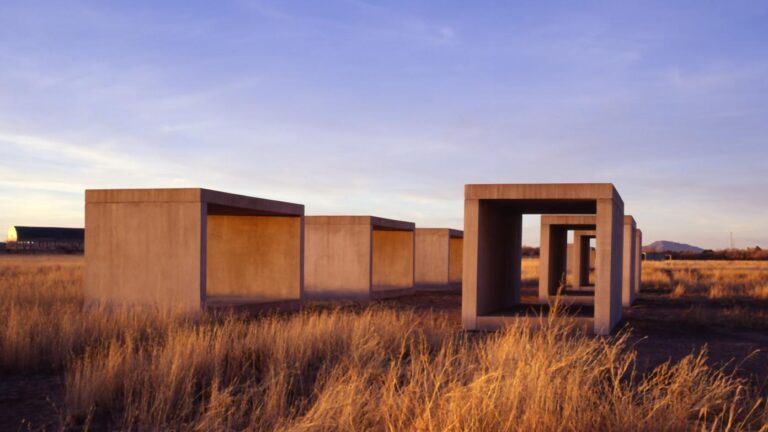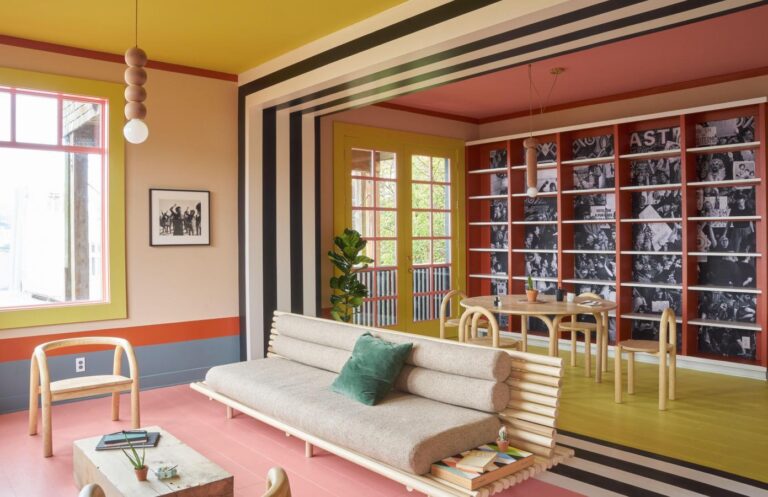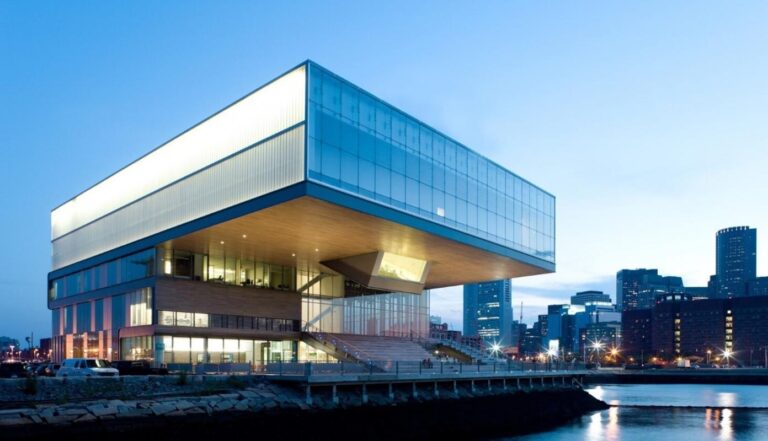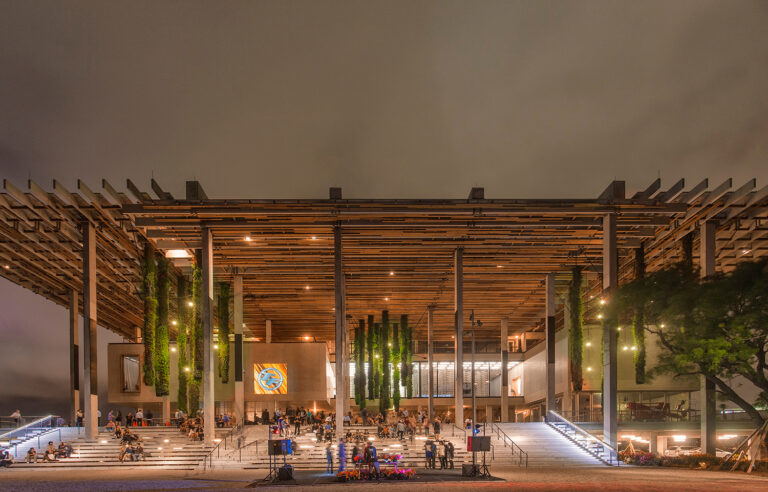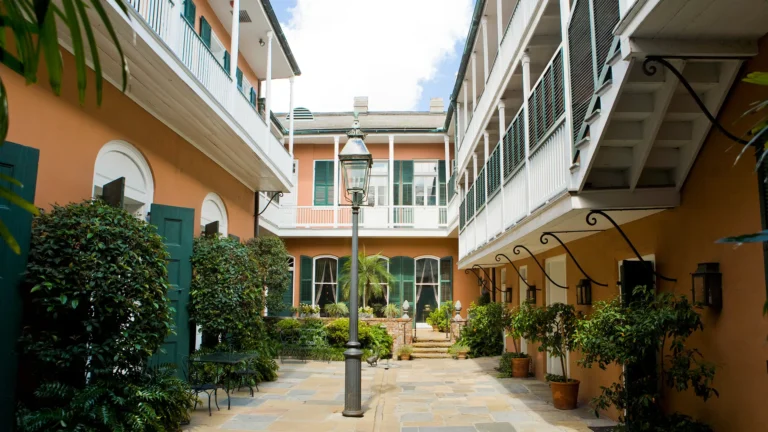
Dave Walker and the Louisiana Museum Scene
Interview
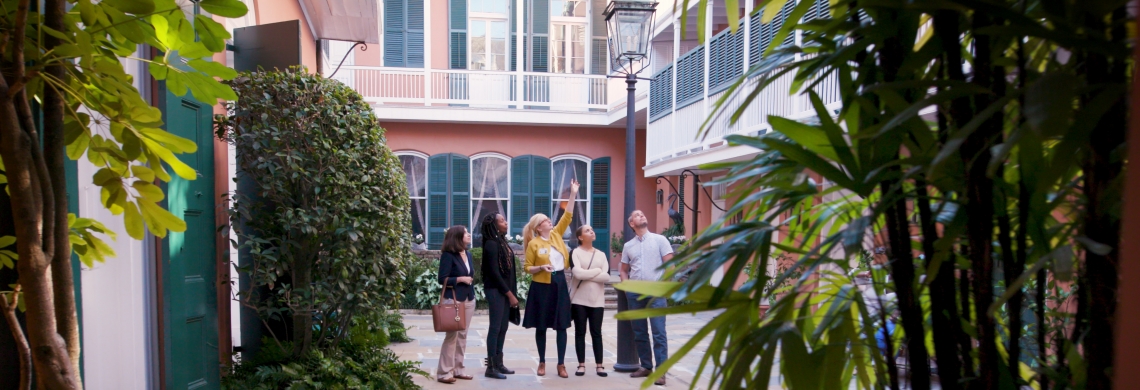
Courtesy The Historic New Orleans Collection
About Dave Walker: Dave Walker is Director of Communications and Marketing at The Historic New Orleans Collection (THNOC). A career journalist, he transitioned to the museum world in 2016. He has extensive experience in digital media strategy which he has long put to good use in museums.
In recent years, immersive exhibitions have become increasingly popular in museums. How would you situate the Louisianan museum scene in relation to this trend?
THNOC and our peer institutions have embraced contemporary storytelling techniques in a variety of ways. Our galleries offer several such experiences, including the wraparound film “The French Quarter After Dark”. A 17-minute, 360-degree film, the work draws on THNOC’s collection, animation, live action, and immersive audio to guide the viewer through the history of our most famous neighborhood, from indigenous peoples to scenes of contemporary Mardi Gras. Elsewhere, multimedia interactive displays engage visitors with experiences that enhance the gallery experience. THNOC recently explored a VR-style museum experience by hosting Histovery’s traveling “Notre-Dame de Paris: The Augmented Exhibition“. The HistoPad experience created an immersive journey through history, which proved popular with tourists and locals alike.
THNOC’s website also hosts an array of virtual exhibitions. The recent pandemic and the need to reach learners in remote settings accelerated the institution’s dedication to digital engagement. A new traveling exhibition, “The Trail They Blazed“, shares THNOC’s holdings and storytelling expertise with students and educators all over our region.
The National WWII Museum in New Orleans has long been a pioneer in immersive museum experiences, telling the story of citizen soldiers in World War II. Two recent additions there have raised the bar in providing immersive experiences. One, “Expressions of America,” is a 3-D journey through the war projected on the inner surfaces of the museum’s massive pavilions. The newly opened Liberation Pavilion uses state-of-the-art exhibitions to take the visitor through the Holocaust and the war’s aftermath.
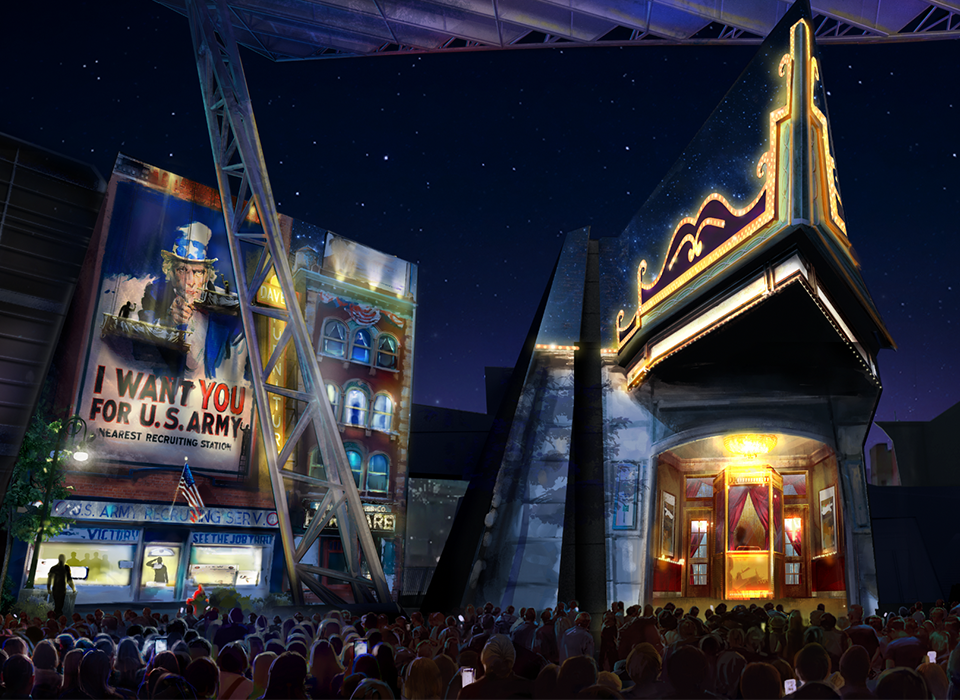
Expressions of America © The National WWII Museum
Other institutions are pursuing the vanguard of immersive displays. These include Vue Orleans, JamNola, and the Sazerac House.
Could you tell us more about how THNOC get to grips with XR technologies, whether with the events you host, the research you lead, and the collaborations you may have?
Founded in 1966, The Historic New Orleans Collection pursues a mission to steward the history and culture of New Orleans and the Gulf South. Our Williams Research Center is the repository for hundreds of thousands of objects, images, and maps that help us tell that story. Exhibitions, books, and online resources draw on that collection to place the visitor in the times and places where history occurred. A few examples of recent interactives are included in the share folder.
THNOC is always exploring new ways to tell New Orleans’s story.

The Williams Research Center (WRC) © THNOC
For some, these uses are a wonderful opportunity to democratize culture, sometimes even to present works in digital format that would be impossible to transport in their physical form. Others, on the other hand, worry about the risk of standardization that could result as it’s often the best-known artists who are put forward, while the diversity of artistic movements overlooked. What do you think about this?
A good example of THNOC’s dedication to pursue the New Orleans story wherever it’s represented can be found in the recent video series produced about an exhibition in Paris spotlighting the city’s Black Masking Indian culture.
In general, Louisiana being considered a cultural mecca, how would you describe the place and dynamism of digital in creative work and scientific/academic research there? What areas for improvement do you see? and what would be the levers for action?
New Orleans is striving to become a hub for technology. Entrepreneurs, artists, curators, and engineers are on the forefront of innovation in immersive learning and entertainment experiences, both in-person and online.
How would you assess the public policies to support immersive creation in Louisiana and the US?
The state government has made recent strides to support private and public entities telling the state’s story to the world. Louisiana is a unique setting for residents and visitors alike.
Are there any “Louisianan” specificities when it comes to digital and arts?
Our story lives in the world’s imagination. Louisianans tell it best.
What are the leading professional events and festivals in Louisiana?
There are several of note. For arts, culture and literature, the New Orleans Book Festival, the Louisiana Book Festival, and the Tennessee Williams & New Orleans Literary Festival are annual gatherings drawing thousands of people to the Louisiana story. Year-round, New Orleans is Festival City. On the tech side, New Orleans Entrepreneur Week and Idea Village pursue the future.

